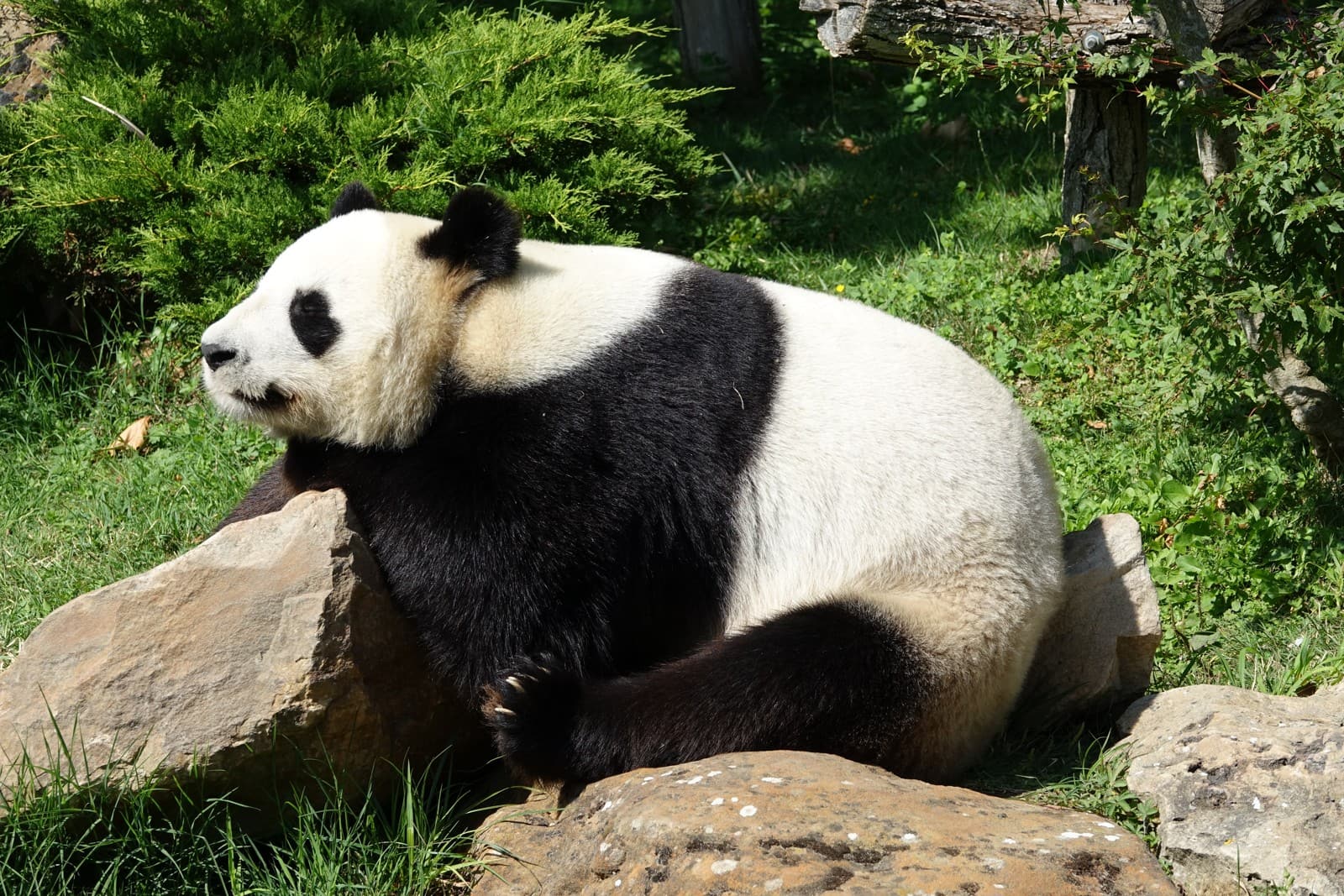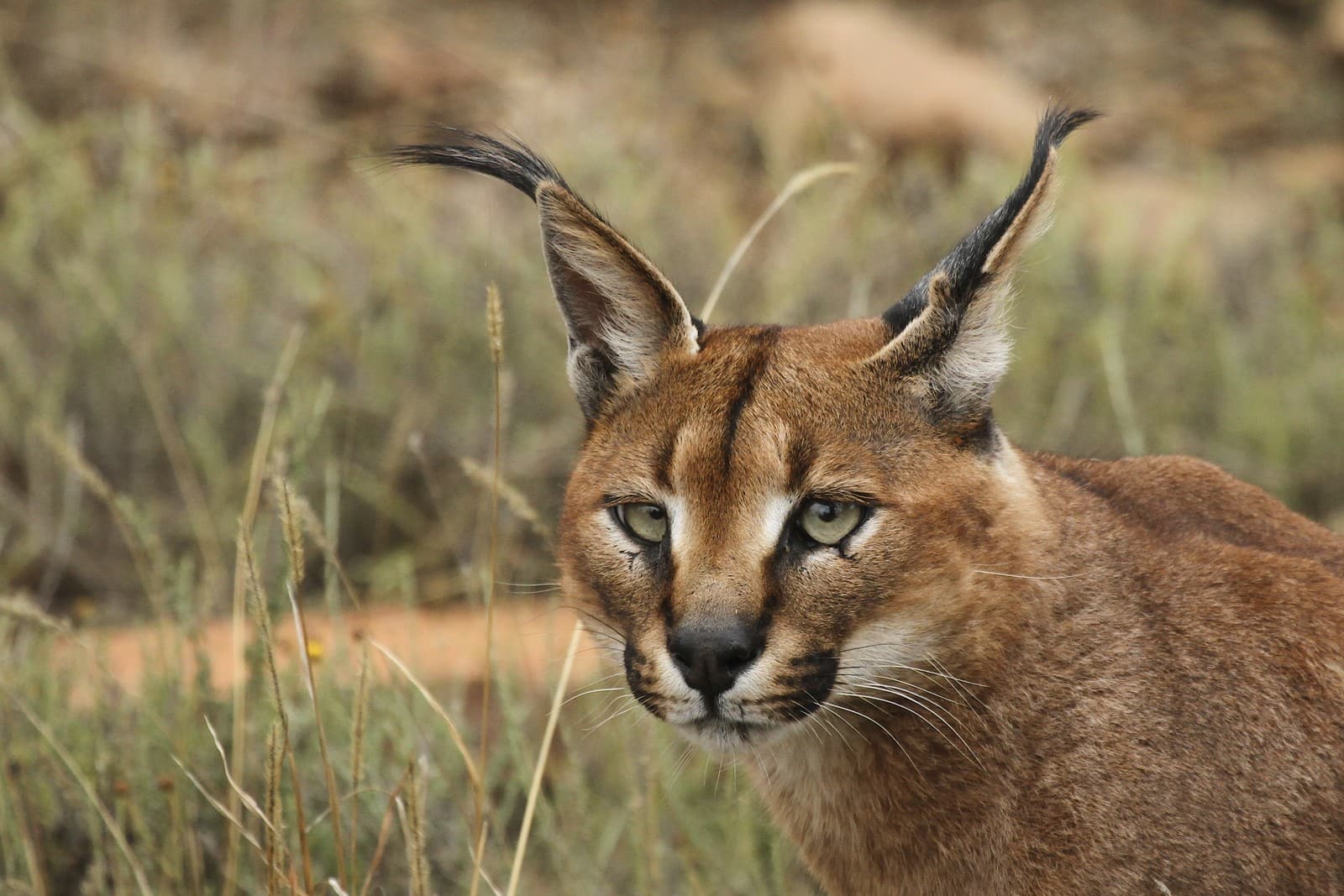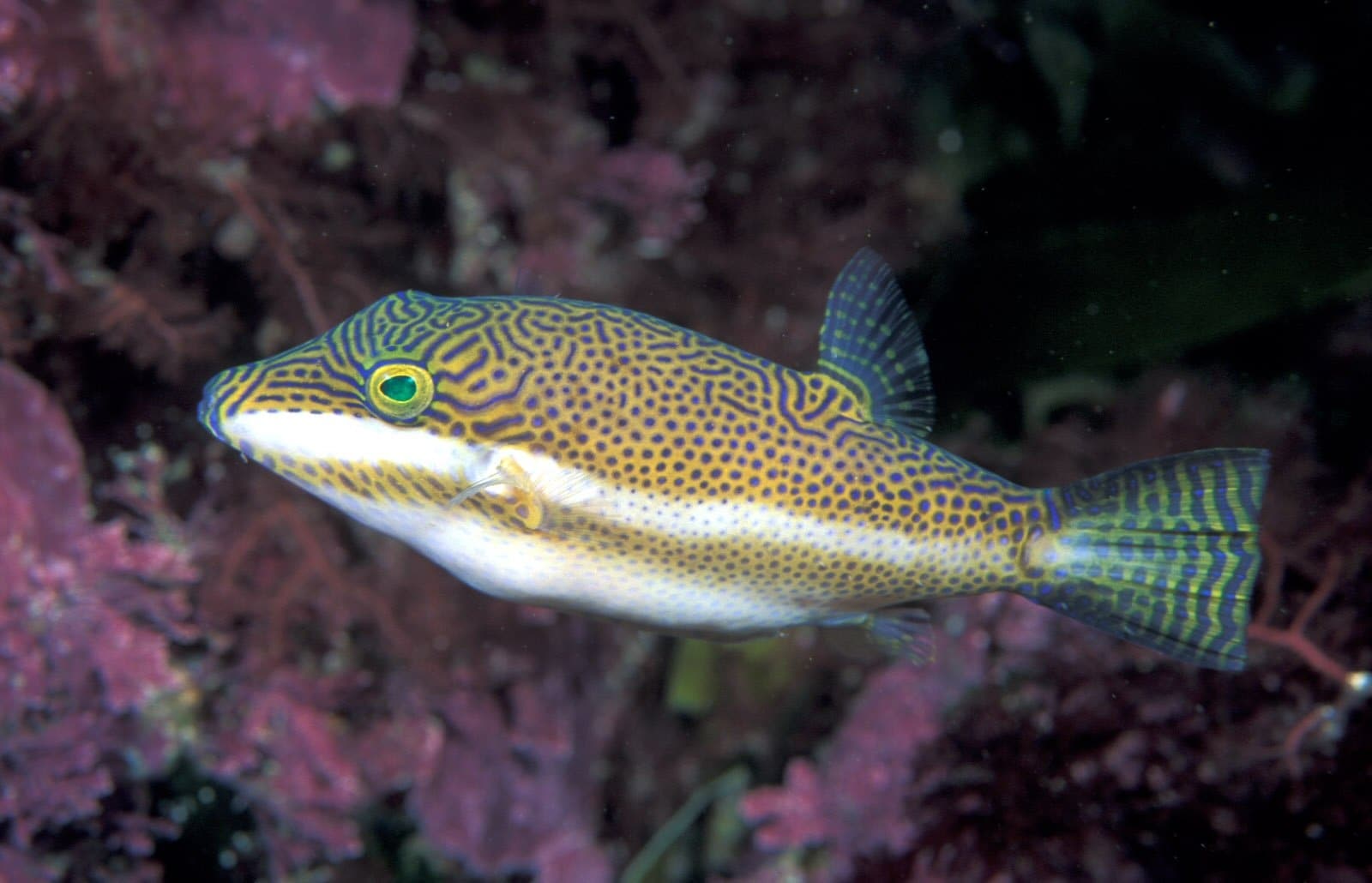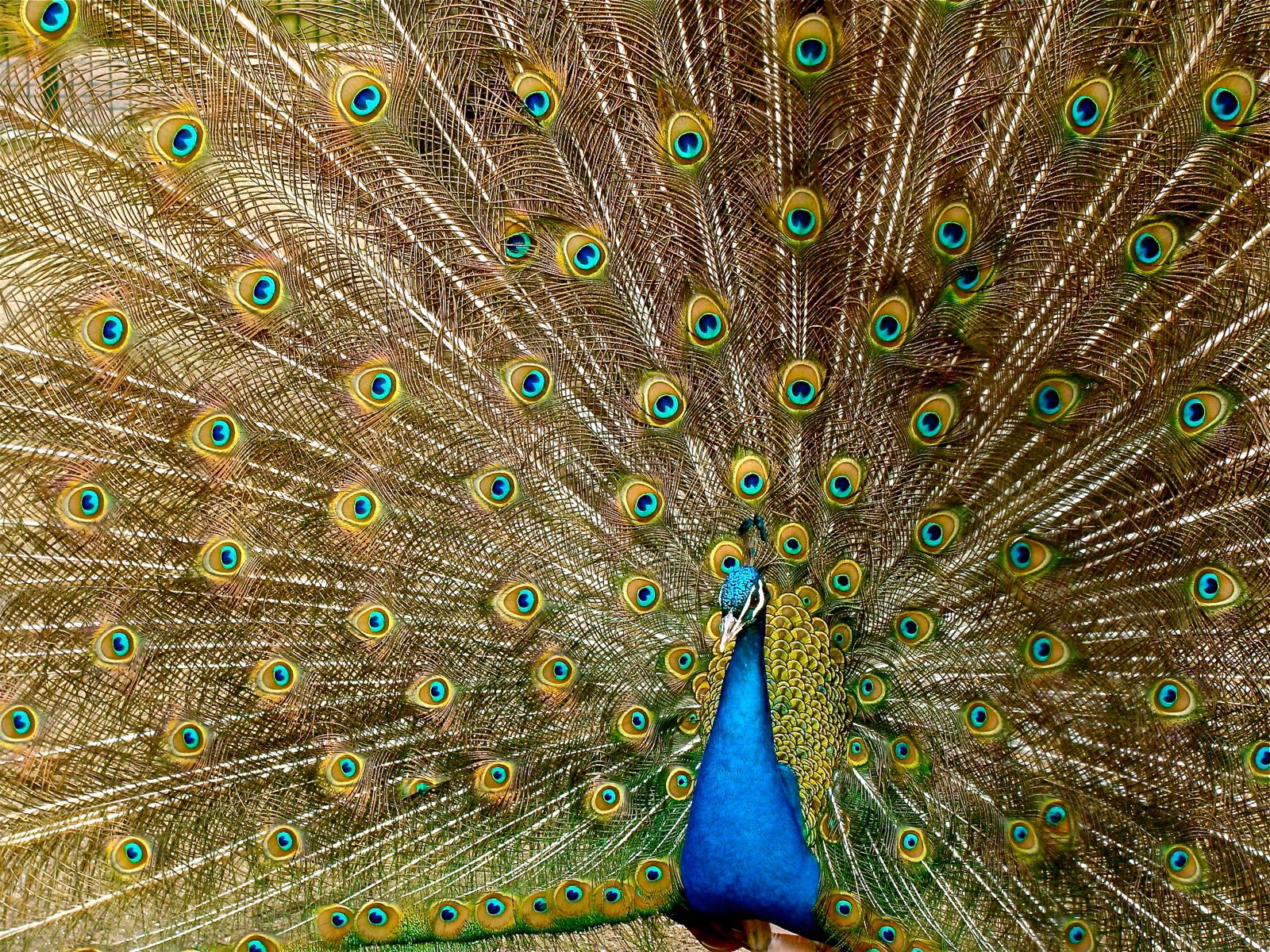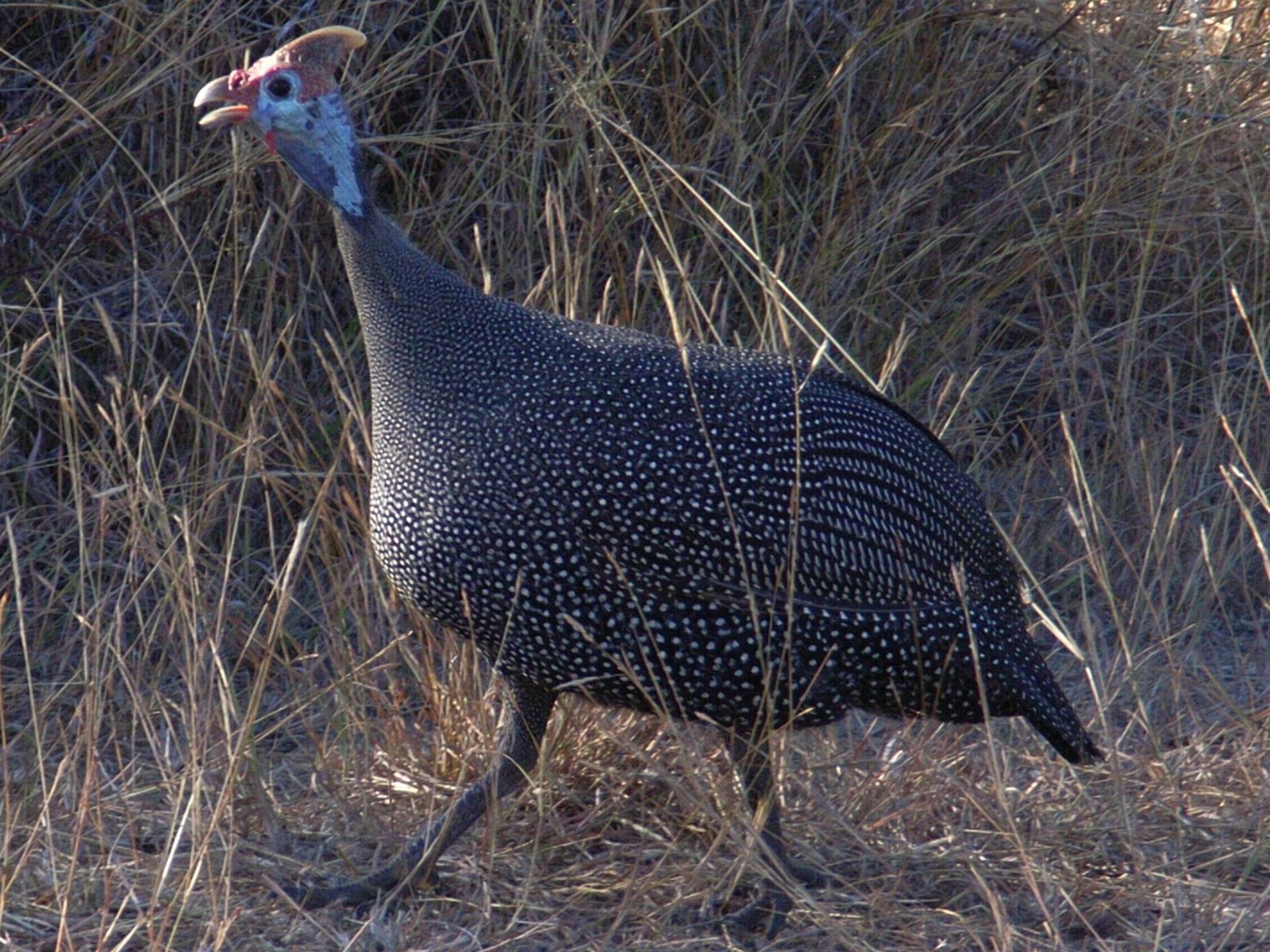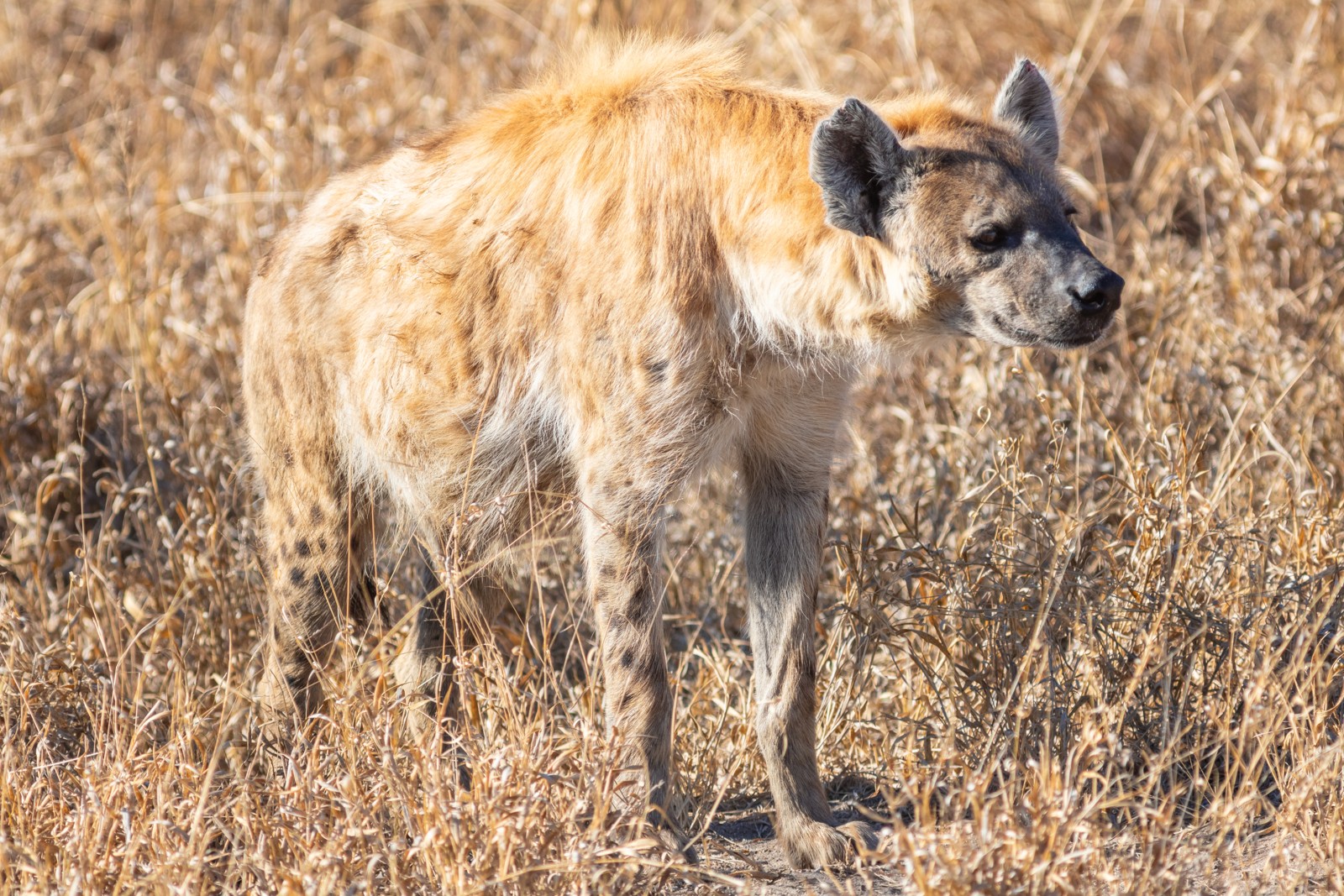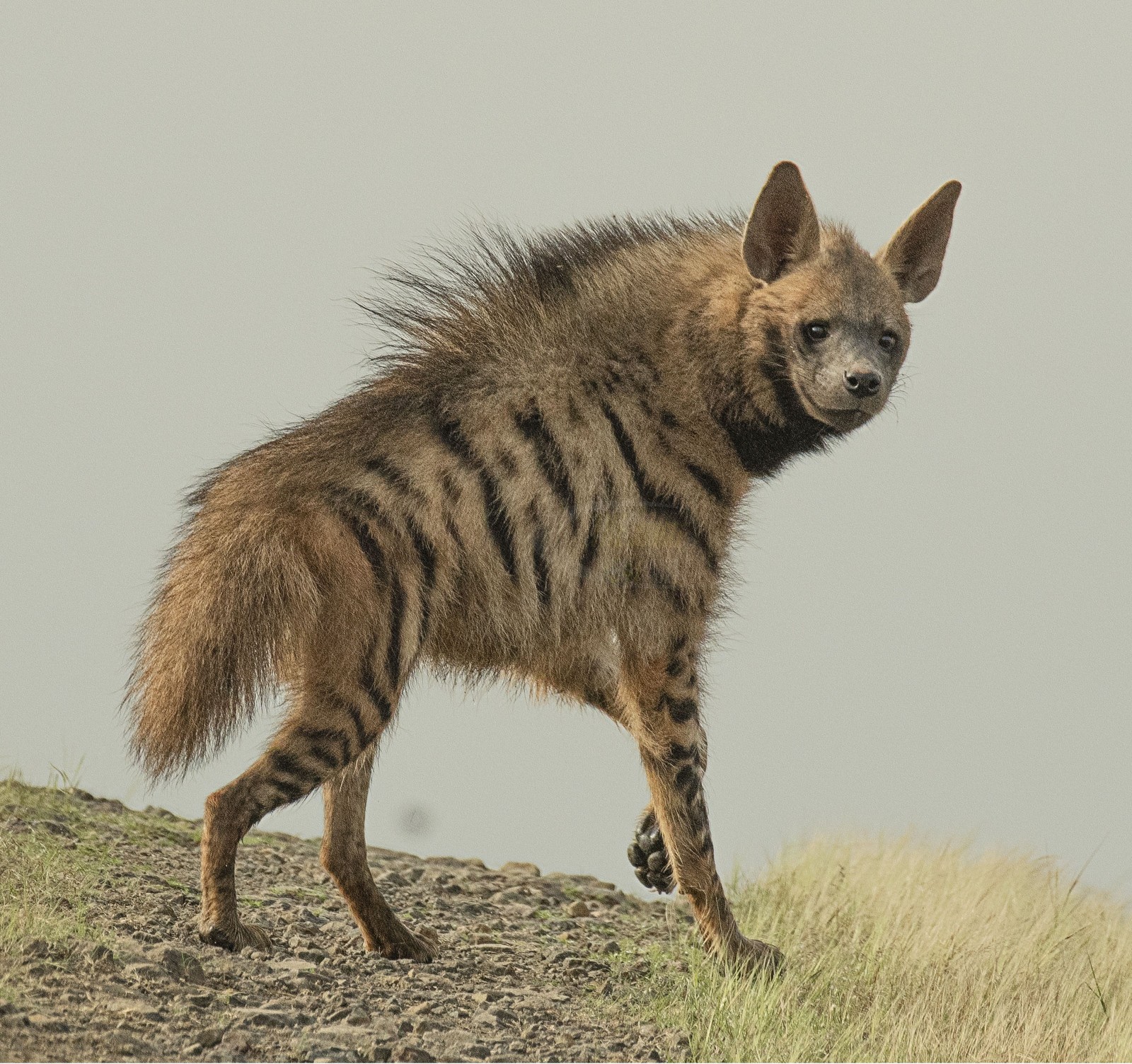Green Tree Python vs Emerald Tree Boa: A Complete Comparison
Despite their striking resemblance, the Green Tree Python (Morelia viridis) and Emerald Tree Boa (Corallus caninus) represent one of nature’s most remarkable examples of convergent evolution. While both species evolved independently to occupy similar ecological niches, they developed distinct characteristics that set them apart. The Green Tree Python, native to New Guinea and northern Australia, typically reaches lengths of 4-6 feet (1.2-1.8 m), while the Amazonian Emerald Tree Boa grows slightly larger at 4-7 feet (1.2-2.1 m).
These emerald-scaled serpents showcase how similar environmental pressures can produce nearly identical adaptations in unrelated species. Their shared arboreal lifestyle has resulted in comparable hunting strategies and appearance, yet crucial differences in head shape, tooth structure, and reproductive biology reveal their distinct evolutionary paths.
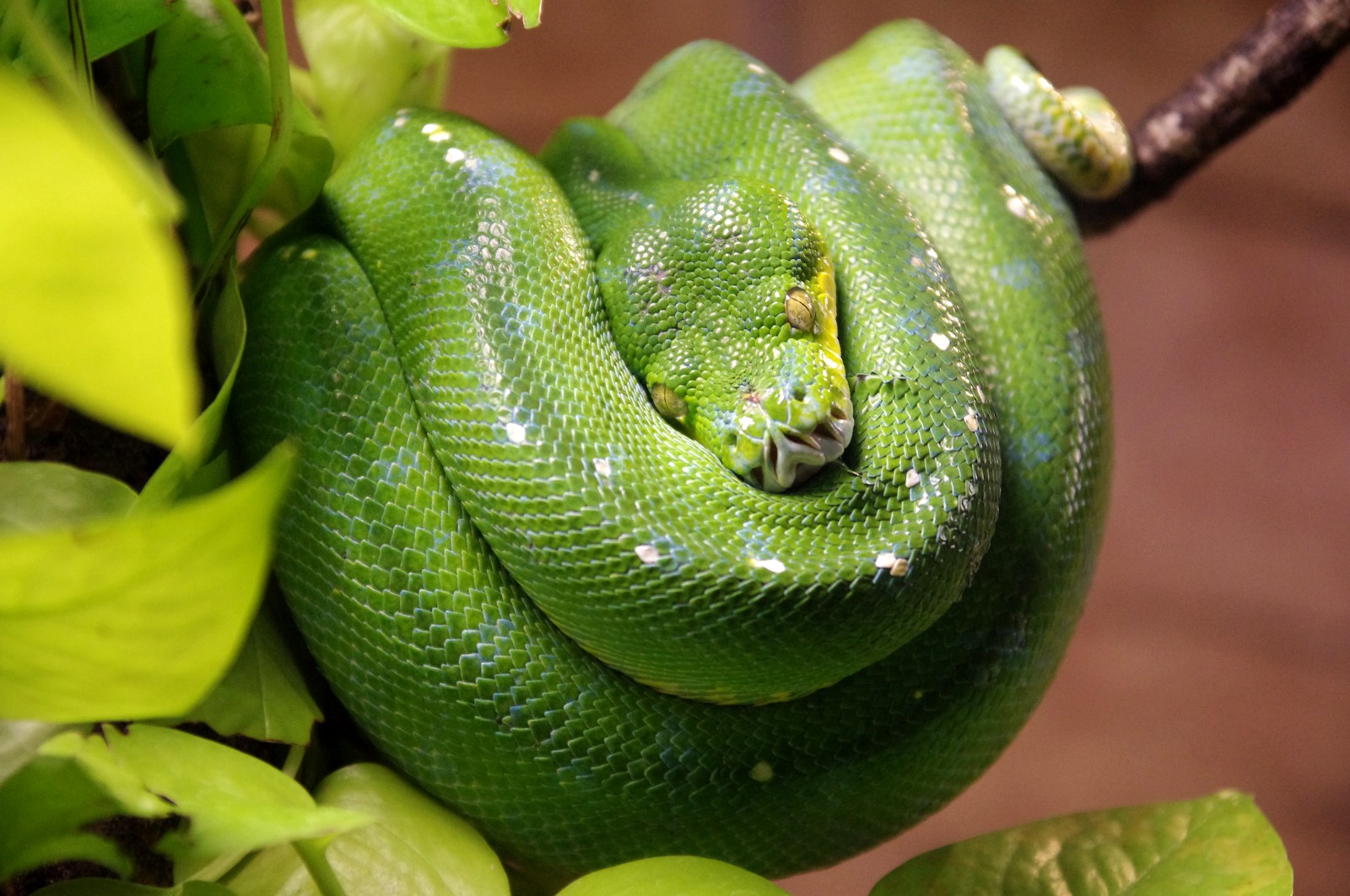
© Jakub Hałun / CC BY-SA 3.0
The Green Tree Python exhibits the characteristic tight coiling behavior shared by both species, demonstrating their convergent evolution in arboreal environments. Note the distinctive head shape and scattered white markings typical of this species.
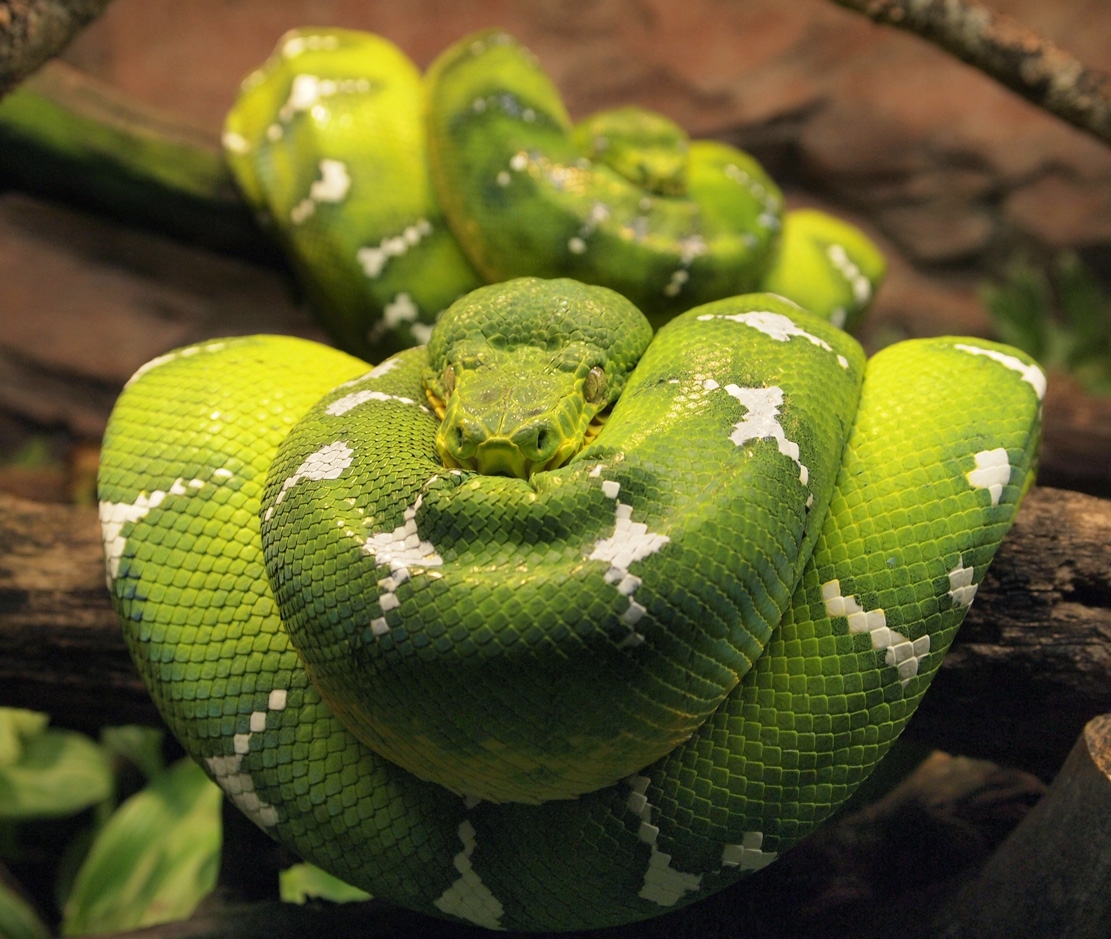
© Tiia Monto / CC BY-SA 3.0
The Emerald Tree Boa displays its characteristic triangular head and white zigzag patterns, key features that distinguish it from its Python counterpart. The specialized heat-sensing pits are clearly visible along the snake’s labial scales.
Key Differences Between Green Tree Python and Emerald Tree Boa
| Feature | Green Tree Python | Emerald Tree Boa |
|---|---|---|
| Head Shape | Narrower, more streamlined | Broader, distinctly triangular |
| Geographic Range | New Guinea, Northern Australia | Amazon Basin |
| Average Size | 4-6 feet (1.2-1.8 m) | 4-7 feet (1.2-2.1 m) |
| White Markings | Irregular spots and flecks | Distinctive zigzag pattern |
| Reproduction | Egg-laying (oviparous) | Live-bearing (viviparous) |
| Heat Sensing | Fewer labial pits | More numerous labial pits |
Habitat and Distribution
While both species occupy tropical rainforest canopies, their geographic distributions never naturally overlap. Green Tree Pythons inhabit the rainforests of New Guinea and Cape York Peninsula in Australia, preferring elevations between 0-6,500 feet (0-2,000 m). In contrast, Emerald Tree Boas are found throughout the Amazon Basin, including parts of Brazil, Colombia, Venezuela, and the Guianas, typically at lower elevations below 3,000 feet (900 m).
Hunting and Feeding Behavior
Both species are ambush predators, but their hunting strategies show subtle differences. Green Tree Pythons primarily target small mammals and birds, striking from their characteristic coiled position with remarkable precision. Emerald Tree Boas, equipped with longer front teeth and more numerous heat-sensing pits, demonstrate superior accuracy when hunting in complete darkness.
Physical Characteristics and Identification
The most reliable way to distinguish between these species lies in their head shape and scalation patterns. Green Tree Pythons possess a more streamlined head with fewer heat-sensing pits, while Emerald Tree Boas have distinctly triangular heads with more numerous labial pits. The white markings also differ significantly - Green Tree Pythons display irregular spots and flecks, whereas Emerald Tree Boas showcase distinctive zigzag patterns along their dorsal surface.
Reproduction and Life History
One of the most significant differences between these species involves their reproductive strategies. Green Tree Pythons are oviparous, laying 8-30 eggs which they incubate for approximately 49 days. In contrast, Emerald Tree Boas are viviparous, giving birth to 6-14 live young after a gestation period of about 6-7 months. This fundamental difference in reproductive biology highlights their distinct evolutionary histories despite their similar appearances.
Care Requirements in Captivity
Both species require specialized care but differ in their specific needs. Green Tree Pythons typically adapt better to captivity, tolerating a wider temperature range of 75-85°F (24-29°C). Emerald Tree Boas are more sensitive to environmental conditions, requiring strict temperature control between 78-82°F (26-28°C) and higher humidity levels of 80-90%. These differences reflect their distinct natural habitats and evolutionary adaptations.
Conservation Status and Threats
While neither species is currently listed as endangered, both face increasing pressure from habitat destruction and illegal collection for the pet trade. The Green Tree Python’s more restricted range makes it particularly vulnerable to local extinction events, while the Emerald Tree Boa’s wider distribution provides some buffer against population threats.
